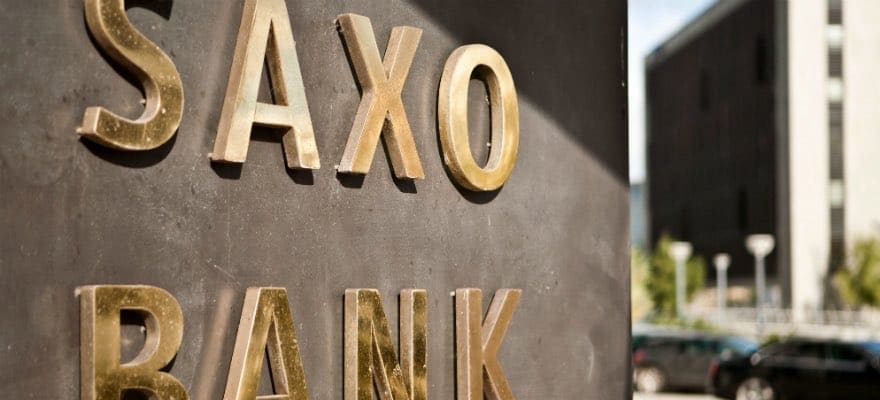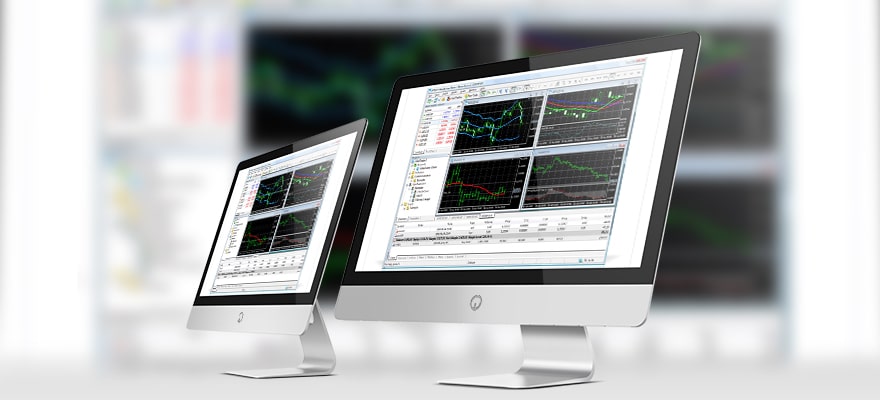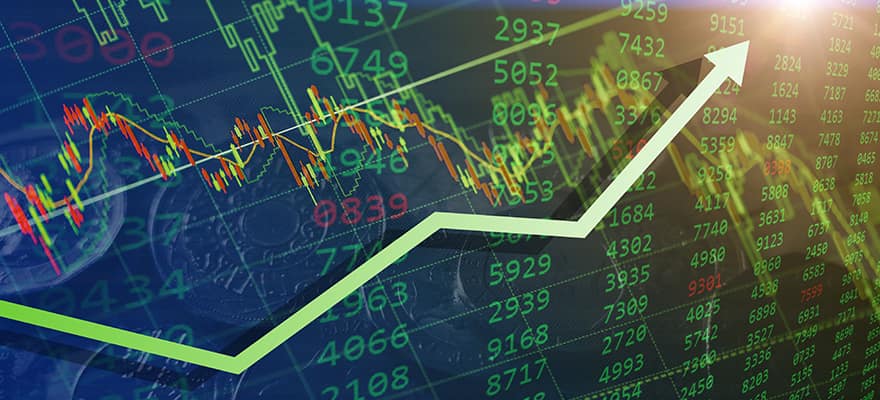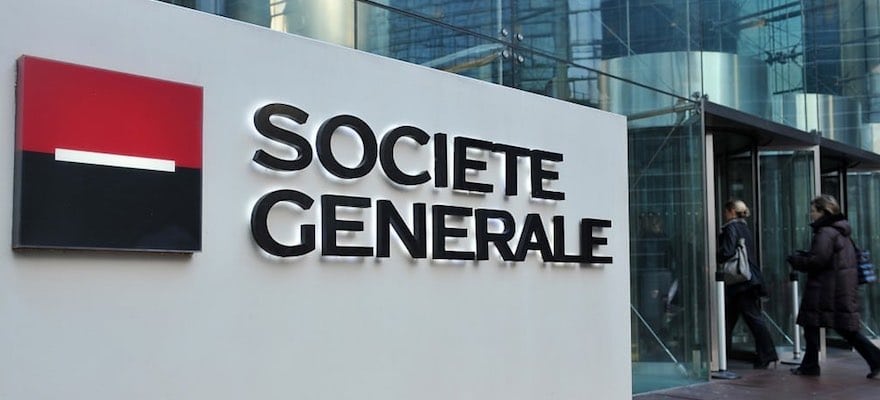Multi-asset brokerage Saxo Bank has warned that tensions between the United States and China could end “very badly” in its outlook report for the third quarter of 2018.
In fact, the report paints a rather dim scenario for the quarter and states that we are entering into one of the most dangerous periods for the global economy since the Berlin Wall fell in 1989.
In particular, Saxo Bank points to the short-sightedness of the world’s governments escalating trade tensions. This is considering the proximity to the November 6 US midterm elections, where Trump will need to show that he’s getting America “a better deal.”

Steen Jakobsen, Saxo Bank
No stranger to making bold market calls, Steen Jakobsen, Chief Economist and CIO at Saxo Bank said: “global tensions are ratcheting higher by the day, fuelled by the foolish policies of foolish leaders.
“Tit-for-tat trade wars and agendas that pander only to self-interest are jeopardizing the global economy.”
Jakobsen also adds: “There are no winners in a trade war, and the trend is pointing in the wrong direction as nationalist agendas erode the status of global institutional frameworks.
“History teaches us that this can end badly. If the loser is a big economy or a strong political power, they may impose restrictions – tariffs, for example – to counter the competitive disadvantage.”
Can we avoid a trade war?
While the current consensus is that an outright trade war will be avoided, according to Jakobsen, it ignores the midterm election in the US.
Jakobsen suggests there are three possible paths from where we are now:
- A ‘mild’ crisis where the US, China, and Europe all reach higher tariff levels but stop short of creating outright ‘walls’ – probability: 25 percent.
- A more severe crisis with escalating trade tensions into the November 6 US mid-term elections and beyond (where President Trump must show his base that he is living up to his promises of ‘getting the US a better deal’) – probability: 50 percent.
- A move on par with the Smoot-Hawley Tariff Act of June 1930 – probability: 25 percent.
Jakobsen sources a United Nations (UN) report from May, which said a trade war could trigger “a sharp drop in global investment and trade.” In a scenario outlined by the UN, world gross product growth could drop by 1.4 percent in 2019 and slow world trade growth by 6 percent.
To put this in perspective, losses of this size in trade is around half of those experienced in 2009, which was the worst year of the global financial crisis.
Only China can save us
While the report is mainly negative, there is some hope, and that hope is China.

Christopher Dembik, Saxo Bank
Source: LinkedIn
Commenting on China, Christopher Dembik, Head of Macroeconomic Analysis said: “So far, China has only responded to the US measures by using the same tools, and without seeking escalation.”
He also added: “China has still many options to counter the impact of trade tensions. [sic] It is complicated at this stage to second-guess the evolution of US trade policy but it is almost certain that China will do its best to avoid a full-blown trade war and related Volatility because financial and monetary stability are crucial to its future economic development.”
Tough times ahead
The report also addresses the equity and Forex markets. According to John Hardy, Head of FX Strategy, in the second half of 2018 equity markets will begin to negatively discount 2019. He also adds this is likely to be a year in which the US government will run its largest deficit to nominal GDP since 2013.

John Hardy
Source: TradingFloor.com
Hardy claims: “the market got a bit ahead of itself in positioning for further strength in the euro and weakness in the US dollar in Q2.
"But after the enormous correction and USD rally, we look for the USD to find a top in the second half of the year and to begin heading lower again," he said.
"The world can’t afford a strong dollar and once the Trump tax and fiscal stimulus fade, the US will have a hard time finding USD buyers to offset its enormous external imbalances,” he warned.

















